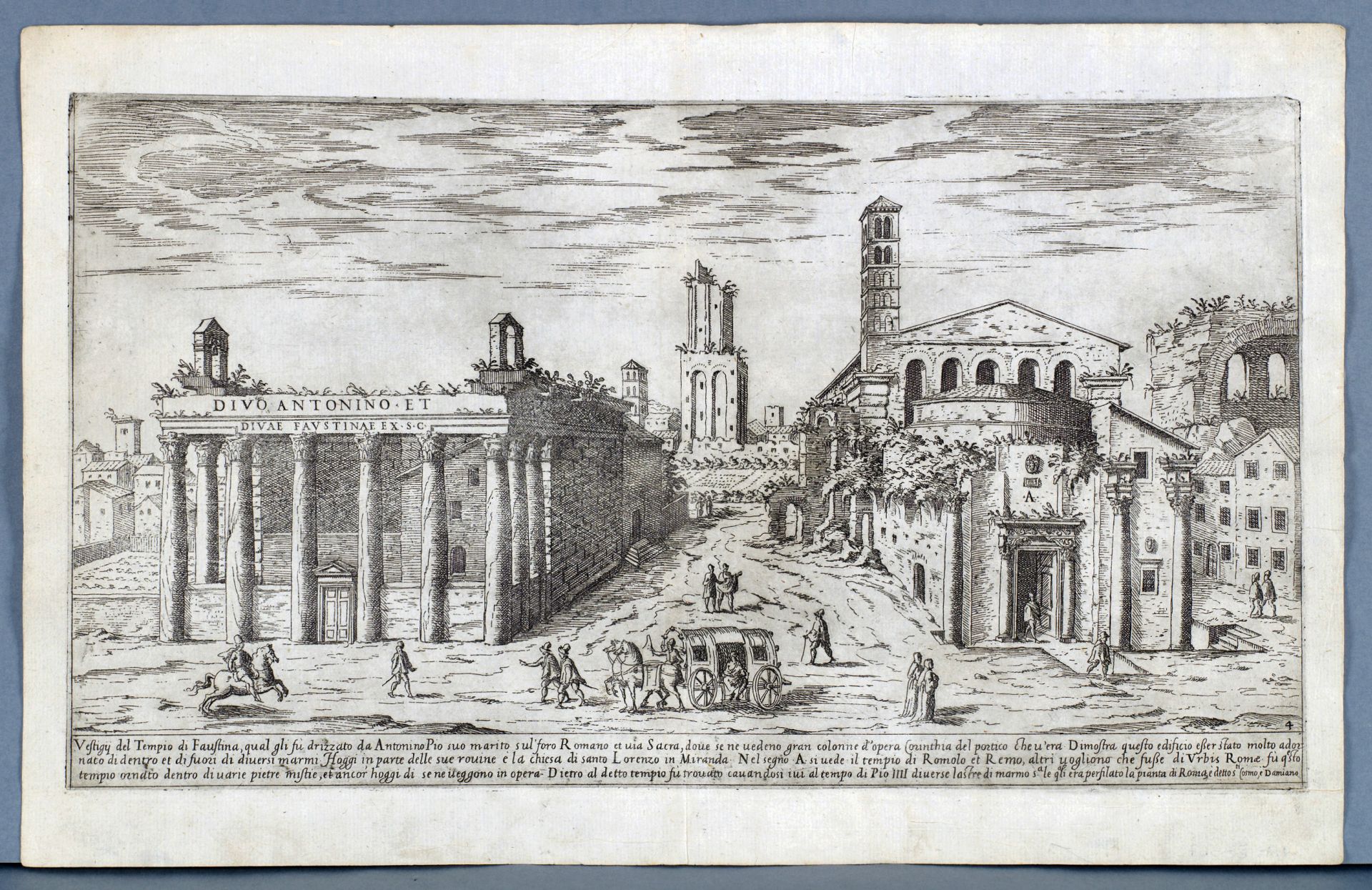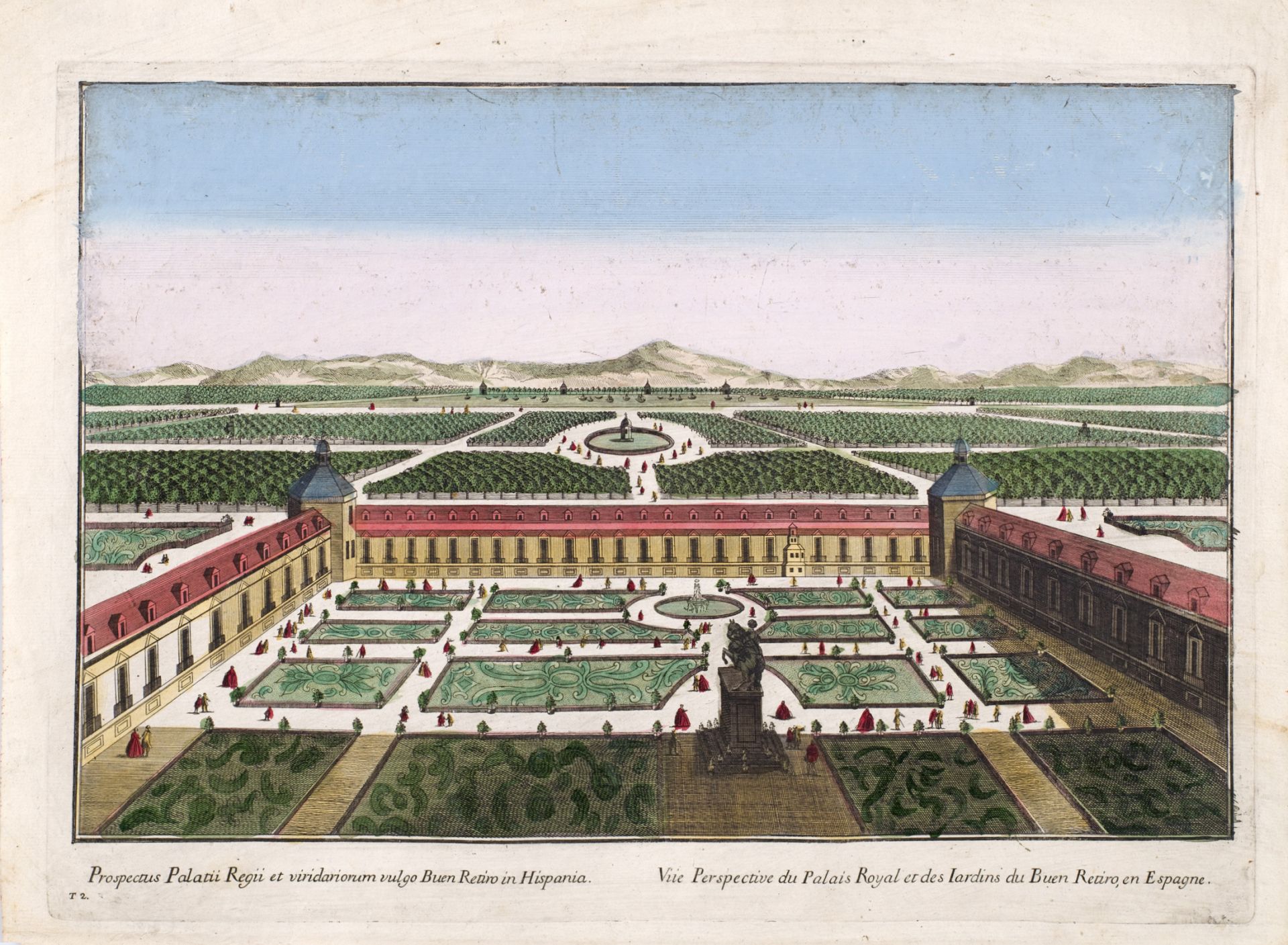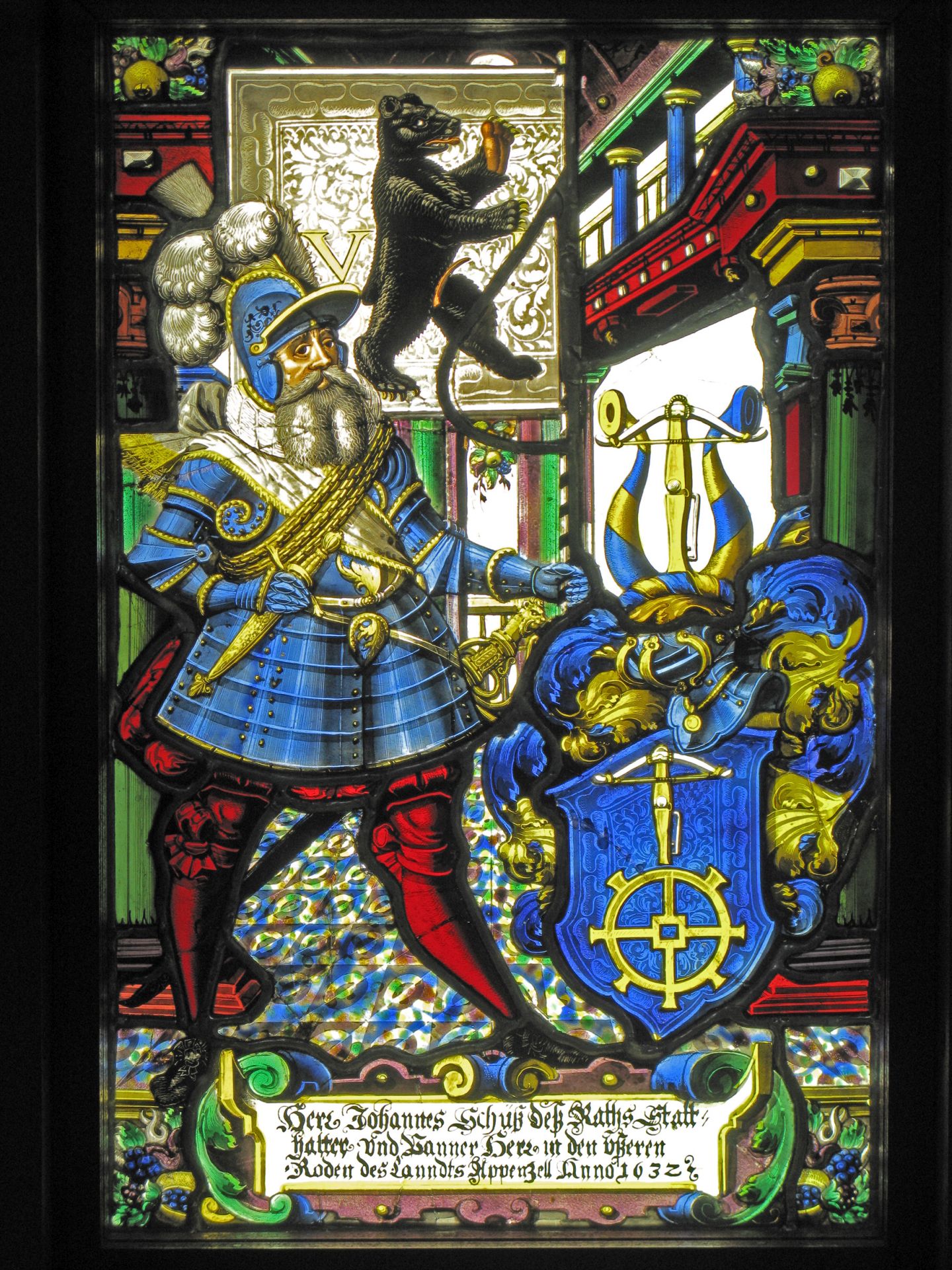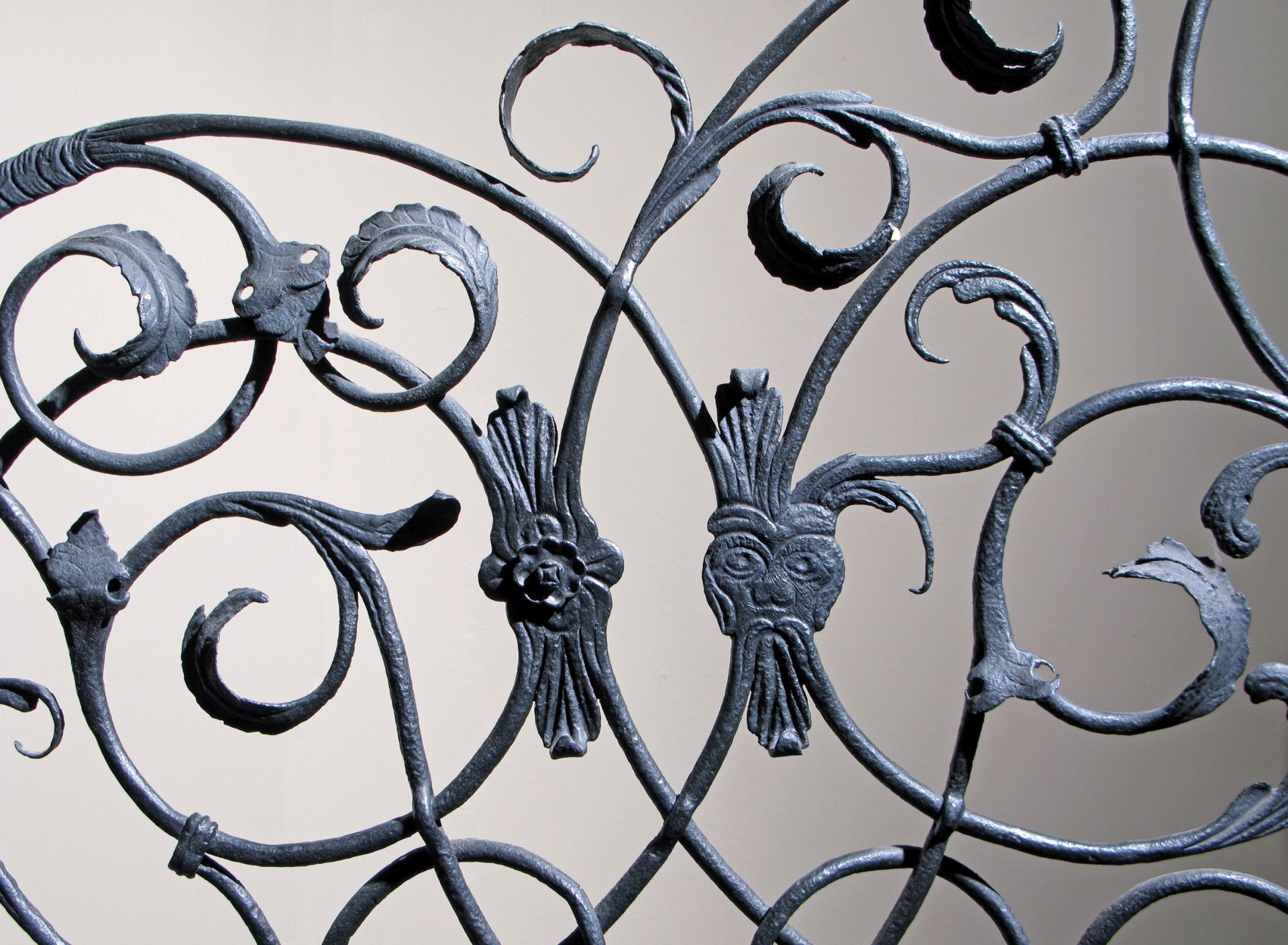Department of Early Modern Architecture
The collection of the Department of Modern Architecture, bringing together exhibits from the sixteenth to the eighteenth century, currently numbers more than 2,000 items. Iconography, mostly engravings (but also graphics, drawings and watercolors) constitute most of the collection. The majority are copperplates, etchings or copperplates with etching, but also lithographs: black and white, colored or washed with watercolors. The collection, gathered for documenting architecture and urban planning, includes presentation of both individual buildings and complexes, plans, panoramas and views of cities or their fragments, views and assumptions of gardens, as well as architectural details and elements of architectural decoration. One of the most unique exhibits is a copper engraving by one of the greatest artists of the Italian Renaissance - Donato Bramante. It is the only copy in any Polish collection, the other are parts of well-known European collections, including the British Museum in London and Vienna’s Albertina.
The most valuable exhibits of great value also include copperplates made according to original designs by Michelangelo Buonarroti by an eminent French graphic artist, operating in the second half of the sixteenth century in Rome - Stephen Duperaca, or etchings with Rome panoramas by Giovanni Battista Piranesi, one of the greatest graphics creators in Europe.

Étienne Dupérac, sheet from the album with views of Roman ruins. Temple of Antoninus and Faustina on Via Sacra, copperplate, 1575
Other remarkable exhibits of ancient graphics include the sixteenth-century engravings by renowned graphic artists and engravers working in Rome in the sixteenth century, documenting the ancient and the contemporary architecture of the Eternal City; sheets from the famous chronicles of the sixteenth and seventeenth century; graphics by Paulus Decker, an architect and illustrator working in the first half of the eighteenth century at the court of Vienna; garden designs and finally engravings of European cityscapes made from drawings by Friedrich Bernhard Werner. Especially valued by the residents of Wroclaw is a group of plans and views showing the city in the period from the sixteenth to the eighteenth century.

Author unknown, a view of the Buen Retiro gardens in Spain, watercolor colored etching, second half of the eighteenth century

Wroclaw, a view of the University across the Odra River, watercolor colored etching from a drawing by F. B. Werner, c. 1760
The second major group in the collection constitutes of products of arts and crafts related to architecture: stained glass, ceramics, stucco, polychrome wooden ceilings and metal products. A special place among them has a collection of stained glass and glazing exhibits, which, despite their relatively small number, is extremely valuable due to its representativeness and unique artistic value.

Cabinet stained glass with the arms of Johannes Schüss, Switzerland, 1632

Mannerist latice from the gravestone frame (fragment), Silesia, c. 1600
The third group of exhibits in this department is a collection of modern stonework. There are all kinds of details and architectural features, documenting the stylistic transformation of architecture in Silesia, mainly Wroclaw. At the same time, they are often unique, as fragments of no longer existing objects, and highly relevant to the study of the modern architecture of the region.

Composite capital with an angel’s head, Silesia, c. 1600
On the collection cover:
Étienne Dupérac, a view of the facade of St. Peter’s Basilica in Rome, according to the design of Michelangelo, copperplate, 1582




